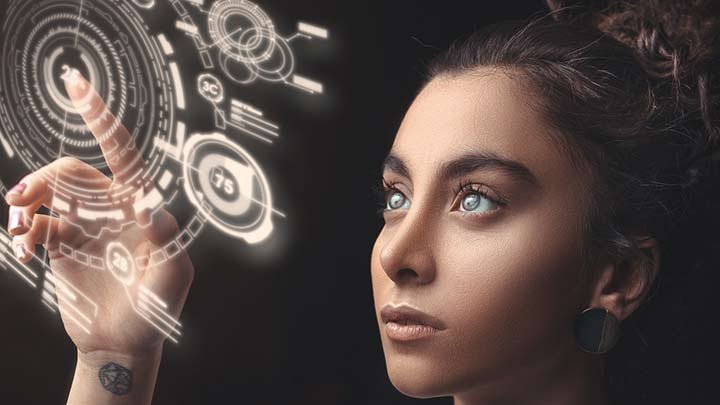How online photos and videos alter the way you think

The images we are exposed to on social media and internet websites have a surprising influence on how we view the world.
Every day we are bombarded with digital images. They appear on our social media feeds, in our search results and the websites we browse. People send them to us via messaging apps or over email. By the end of today, billions more will have been uploaded and shared online.
According to one report, the average user spends 6 hours and 40 minutes per day on the internet, so images make up a significant portion of our everyday visual input.
And, recent research indicates that they may even be influencing our perceptions.
One study published earlier this year analyzed images on Google, Wikipedia and the Internet Movie Database (IMBD), specifically looking at what genders predominated when they searched for different occupations – such as "farmer", "chief executive officer" or "TV reporter". The findings were stark. Although women were underrepresented overall, gender stereotypes were strong. Categories like "plumber", "developer", "investment banker" and "heart surgeon" were far more likely to be male. "Housekeeper", "nurse practitioner", "cheerleader" and "ballet dancer" tended to be female.
So far, so unsurprising. Anecdotally, I found the same phenomenon in 2019, when I was trying to find gender-balanced images for this website. Searching on Getty Creative, one of our main stock photo sites, I had found that photographs of male doctors outstripped female doctors by three to one – even though in the US, for example, physicians under 44 at the time were more likely to be female than male. This depiction of medical professionals were only part of the problem. There were twice as many options for photos of women with babies, or for that matter, of women with salads, as of men.
The latest study, however, took this a step further. Rather than just showing the extent of gender bias in online imagery, the researchers tested whether exposure to these images had any impact on people's own biases. In the experiment, 423 US participants used Google to search for different occupations. Two groups searched by text, using either Google or Google News; another group used Google Images, instead. (A control group also used Google, but to search for categories unrelated to occupations, like "apple" and "guitar"). Then all participants were given an "implicit association test", which measures implicit biases.
Compared to Googling text-based descriptions of occupations, the participants who used Google Images and received visual representations in response showed much higher rates of implicit gender bias after the experiment – both immediately after and three days later.
Previous article





